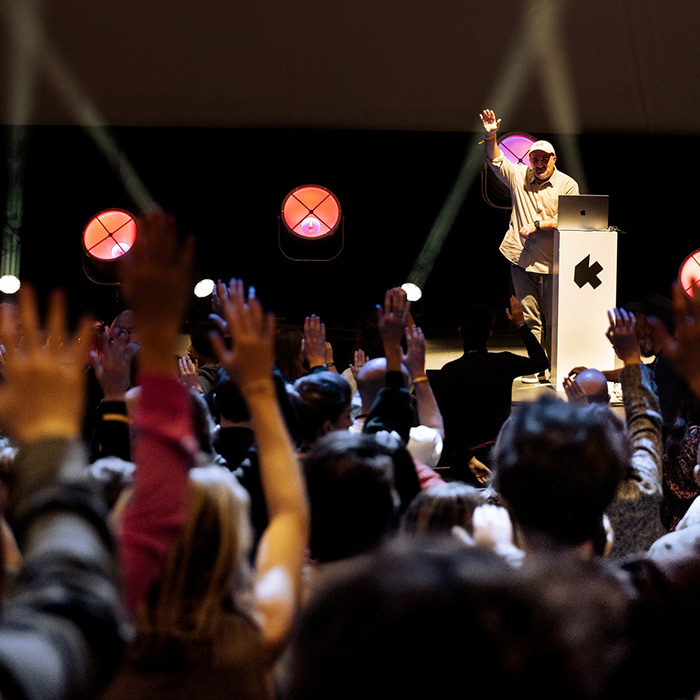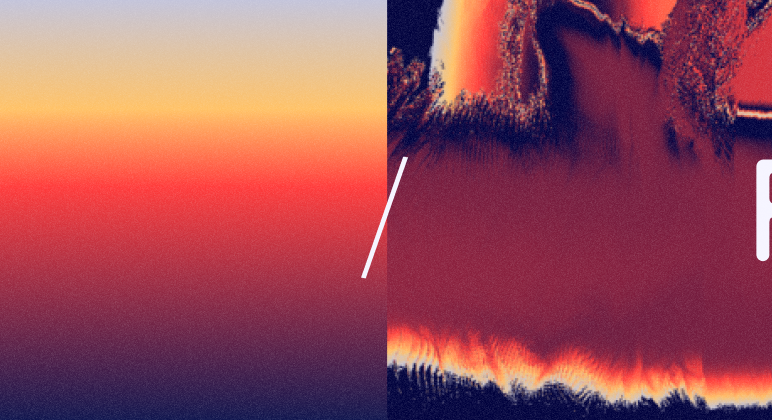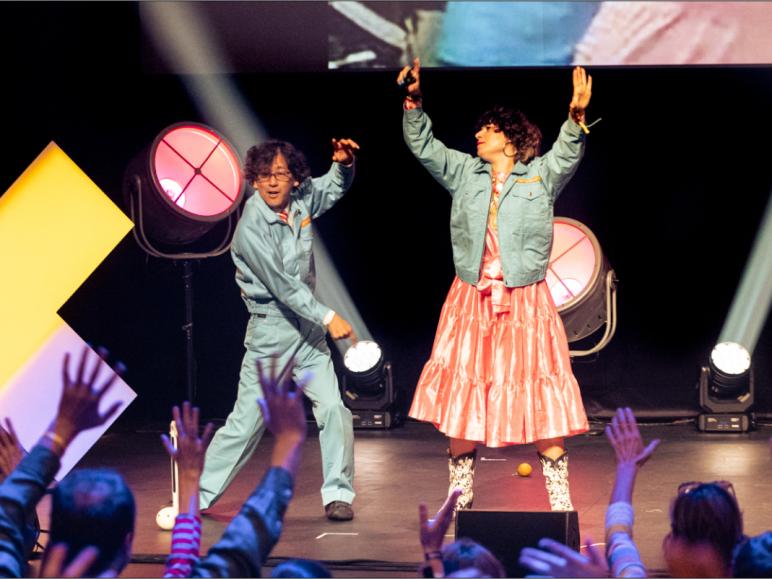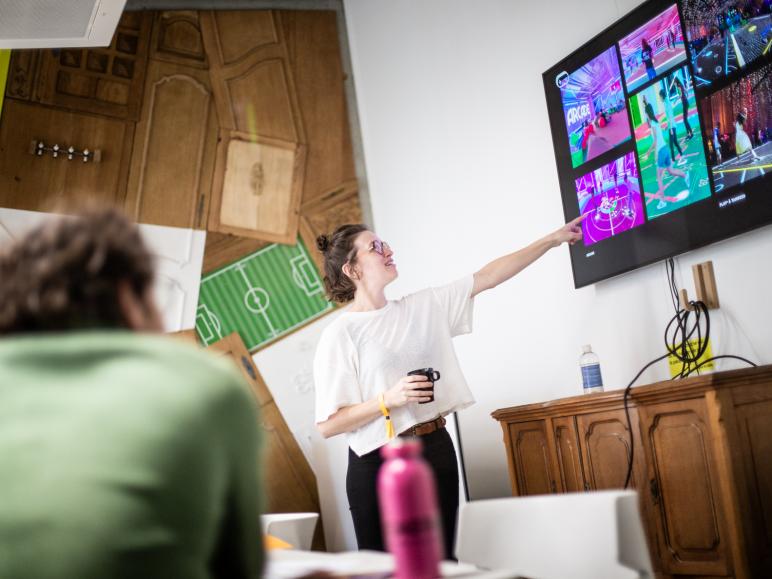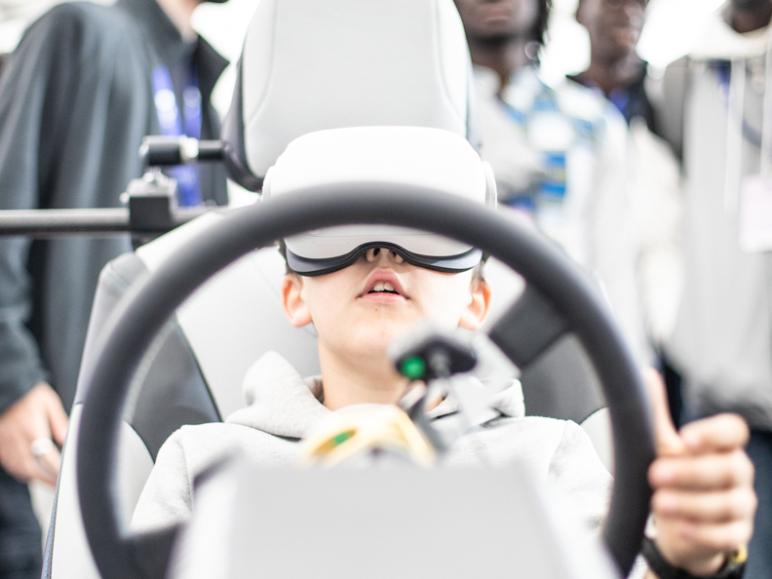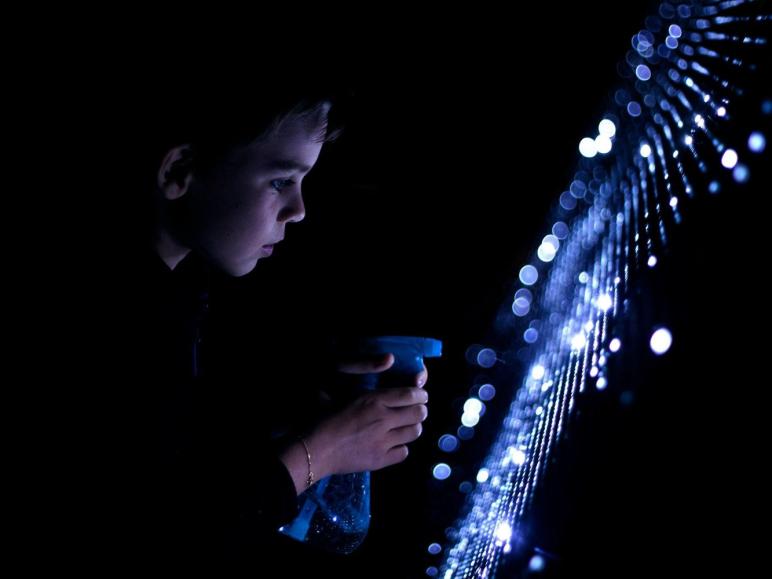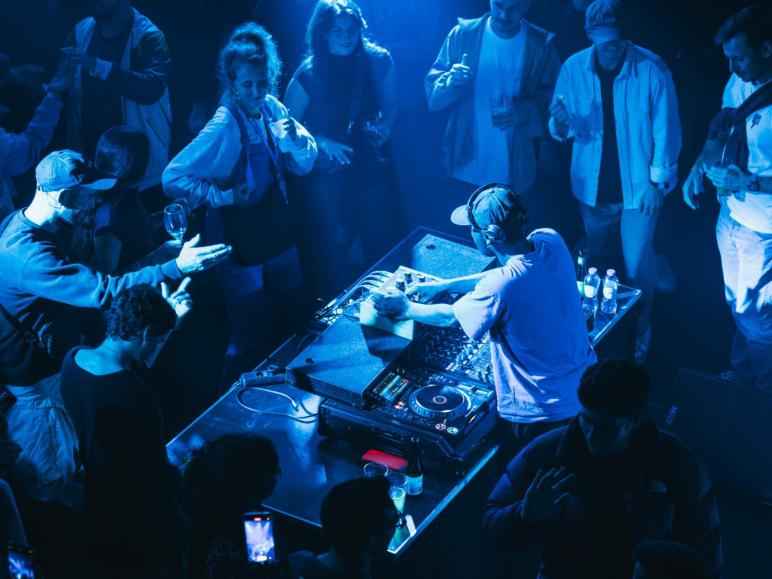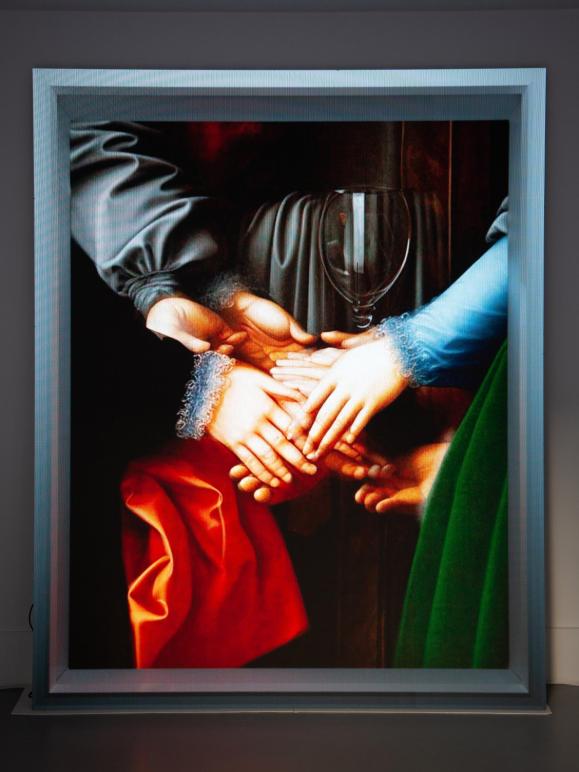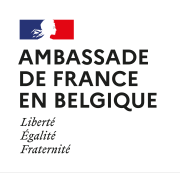Bruno Ribeiro
Bruno Ribeiro is an artist and creative director. He was born in Paris in 1980, where he currently lives and works. His artistic practice spans across art installations, interactive works, scenography,
immersive experiences, monumental projections, as well as music videos and short
films.
In his artistic and technical experiments, he seeks to create new narrative forms
while focusing on the sensory aspect of his work. Through his various projects, the
exploration of perception is subtly embedded in his work.
Around three main axes - perception of the body, perception of sound, and perception of reality - he develops immersive and synesthetic ecosystems in each of his projects. The body, image, sound, light, and scenography are constantly intertwined in a synchronized choreography.
Bruno studied cinema at Paris III - la Sorbonne. Since 2009, his work has been
presented at numerous international festivals and events, including Elektra festival,
Mutek, Noor Riyadh, Signal festival, Etrange Cargo, Ars Numerica, Mapping festival, Fête des Lumières Lyon, and Scopitone, among others.
Rabbithole
Polydactyly, in humans, refers to the presence of more than five fingers or toes on each limb. It is also one of the distinctive signs or anomalies that reveals that an image has been generated by an Artificial Intelligence programme. From this involuntary punctum of A.I., Bruno Ribeiro seizes the subject and questions himself in a first solo exhibition. Is he the artist or the assistant? What is the role of technology in his practise? Influence, inspiration or simply a tool? Several possible answers are thus developed from a constitutive element of our humanity: the hand.
Vector of emotion and expression, present in the history of art since Prehistory, it remains the most difficult part of the body to represent, even for a computer programme.
The images of "Rabbithole" are created from hand details taken from existing paintings and reinterpreted into animation by Stable Diffusion, a visual generation programme using artificial intelligence. They are then reassembled into a video sequence arranged on a virtual 3D wall that gradually recedes. The visitor finds themselves in a visual vortex through "a" history of the representation of the hand throughout the ages.
